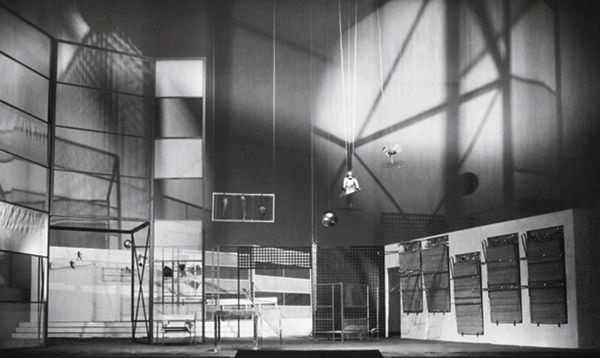(see english version below)
Seminaari on englanninkielinen ja avoin Suomen Oistat-keskuksen ja sen jäsenjärjestöjen (LP, SAFA, STOD, SVÄV, TAM) jäsenten lisäksi myös muille kiinnostuneille. Seminaariin on ennakkoilmoittautuminen tänne… Webinaarialustana toimii Zoom. Zoom-kutsu lähetetään vain ennakkoilmoittautuneille.
Onko suomalaisen laitosteatterin repertuaarimalli kohta ”puoli vuotta ja roskiin”? Esitykset, jotka eivät löydä yleisöään, poistetaan ohjelmistosta kevyellä kädellä ja yleensä enintään vuoden esityskauden jälkeen yleisömenestyksiäkin odottaa sama kohtalo. ”Ei ole tilaa”, sanotaan.
Keskieurooppalainen, erityisesti saksalainen ohjelmistorakenne on toisenlainen. Yhdellä näyttämöllä repertuaarissa on isompi ohjelmisto, jopa useita kymmeniä teoksia. Useita vuosia sitten ensi-iltansa saanut esitys ei ole ohjelmistossa mikään harvinaisuus. Teosten esittämisessä on eri mittaisia taukoja, joista osa voi olla pitkiäkin. Teosta saatetaan esittää vaikka muutaman kuukauden välein muutaman esityksen ryppäinä. Ohjelmistokalenteri on joustava ja vahvistetaan tyypillisesti vain muutamia kuukausia etukäteen. Suomen näkökulmasta kuulostaa mahdottomalta – mutta jotenkin ne sen kuitenkin tekevät.
Kuinka laajoihin repertuaareihin ja pitkäikäisiin esityksiin perustuva saksalainen ohjelmistorakenne teatterin sisällä teknis-tuotannollisesti toimii? Oistatin webinaarissa saamme vieraaksemme kolme teatteriammattilaista Saksasta ja Itävallasta kertomaan teatterin työtavoista ja käytänteistä tästä näkökulmasta. Hans-Joachim Rau on mm. Schauspielhaus Düsseldorfin entinen tekninen johtaja, Martina Meyer työskentelee näyttämömestarina Braunschweigissa ja Malte Puls työskentelee tällä hetkellä Wienin Volksoperin suunnittelupäällikkönä. Lavastaja Antti Mattila toimii moderaattorina.
Finnish Oistat Centre and SVÄV webinar series:
”German model” – how are large repertoires and long-living productions run?
Thursday 27th May 11 am – 1 pm German time / 12 am – 2 pm Finnish time
Is the repertoire model of the Finnish institutional theatres soon something like ”half year run and scrap it”? Productions that don’t find their audiences are wiped off easily and normally after a one-year run even audience successes face the same destiny. ”We don’t have space” is often the excuse.
Central European, especially German performance calendar structure is different. One stage houses a larger repertoire, even several dozen productions. A performance premiered several years ago and still running is not something abnormal. Performances of productions may have occasional pauses, some of which can be long. A production can have small clusters of performances after intervals of a couple of months. The performace calendar is flexible and typically published only few months in advance. From a Finnish perspective this all sounds impossible – but somehow they do it.
How does the German model of large repertoires and long-living productions actually work from a technical and production point of view? In this Finnish Oistat Centre webinar we have are joined by three theatre professionals from Germany and Austria to share their knowledge and views on the issue. Hans-Joachim Rau is the former technical director of Schauspielhaus Düsseldorf, Martina Meyer is currently working as a chief machinist in Braunschweig and Malte Puls is currently the head of artistic management office of Volksoper in Wien. Theatre designer Antti Mattila (Finland) is chairing the event.
The webinar will be held in English and is organized jointly with the Lighting, Sound and Video Designers in Finland association. In addition to the members of the Finnish Oistat Centre and its affiliated organizations, it is open to all interested theatre professionals.


